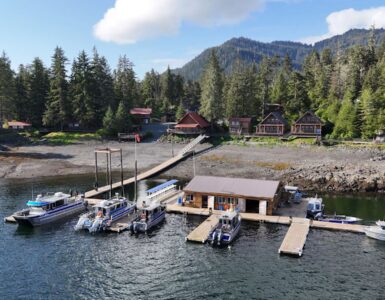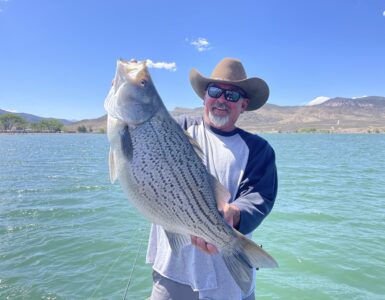Getting caught in an avalanche, can be certain death. Tonight, to learn how to avoid such an avalanche.
We’re taking you to the annual, Freeride Avalanche Workshop put on by the Utah Avalanche Center.
(Craig Gordon, Utah Avalanche Center) So riders are learning all the tools that they need to ride in the back country safely. They learn how to manage their terrain, They learn how to use their rescue gear. Most importantly they learn how to avoid avalanches all together.
Craig is a Utah avalanche forecaster for the Utah Avalanche Center and he’s leading today’s instruction.
(Craig Gordon) It’s so easy to get into avalanche terrain you know. You can see it, it’s so close and just because you can see it doesn’t necessarily mean that it’s safe. It’s just a hundred feet outside the ski area boundary, but the problem is once you go past this ski area boundary at the exit point of the resort, you are stepping into the back country. So you’ve got to be your own avalanche forecaster.
(Cody Hughes, Utah Avalanche Center) We’ve got a pretty big group and we are going to ski a slope. Before we jump into this slope we want to make sure our beacons are transmitting and we’ve come up with a really good plan. We are not going to just jump in this without any plan of action. We are all carrying our rescue gear, along with our probes, and our shovel.
The idea of the workshop is to teach the skills you need before you head out into the back country and one way to do that.
(Cody Hughes) You guys see this right here? Listen, you feel that crust? Facets tend to form right above the crusts and right below the crusts, due to temperature gradient which we don’t need to go into. So there is probably our first weak layer, right on top of this crust here.
(Cody) so that’s where I would suspect where we are going to get our propagation or our collapse.
Cody takes the group through a series of snow stability tests. This one is called an Extended Column Test.
(Cody) so yeah I’m going to start with ten taps from my wrists. (tap nats)
Cody is hitting the snow, to replicate the weight of a skier or snowmobiler might have on a slab of snow that is ready to release.
(Cody striking snow) (craig) man there ain’t nothing going on with this. (cody) kind of boring right. (craig) so that’s good, that actually colorates a lot of why there is a low danger right now. Yeah there is really no slab right now.
Big slab avalanches break on what are called facetted grains. Facetted grains are square shaped grains of snow, almost like sugar that are caused by temperature changes. Every time the sky is clear the snow pack gets weaker and weaker and gets progressively more facetted. Once snow does fall and those facetted layers get buried, they can’t support the weight of the new snow and the likelihood of a deadly slab avalanche increases.
(Craig) You get caught in a slide like that and it’s like being strapped to the front of a locomotive. Now you are getting pushed by this thing, down the slope, through the trees, over cliff bands. It’s not like you are just on top of it, you are getting pushed. Holy crap man, that is a wild thing to think of. So all of this is pushing me down slope.
With so many users in the backcountry, from skiers, to snowmobilers, everyone needs to take a course like this one, to stay safe.
(Craig) no matter what we are doing on the snow, we’ve got to be Avy savvy. Remember, knowledge it powder, so no matter what vehicle we are using to enjoy the “greatest snow on Earth” We’ve got to be informed before we head into the back country. As a matter of fact, we’ve got snowmobile specific avalanche workshops where we bring in pro riders using this same kind of model.
If you’d like to check out the latest avalanche forecasts or your interested in learning more about these workshops, check out Utahavalanchecenter.com.







Add comment